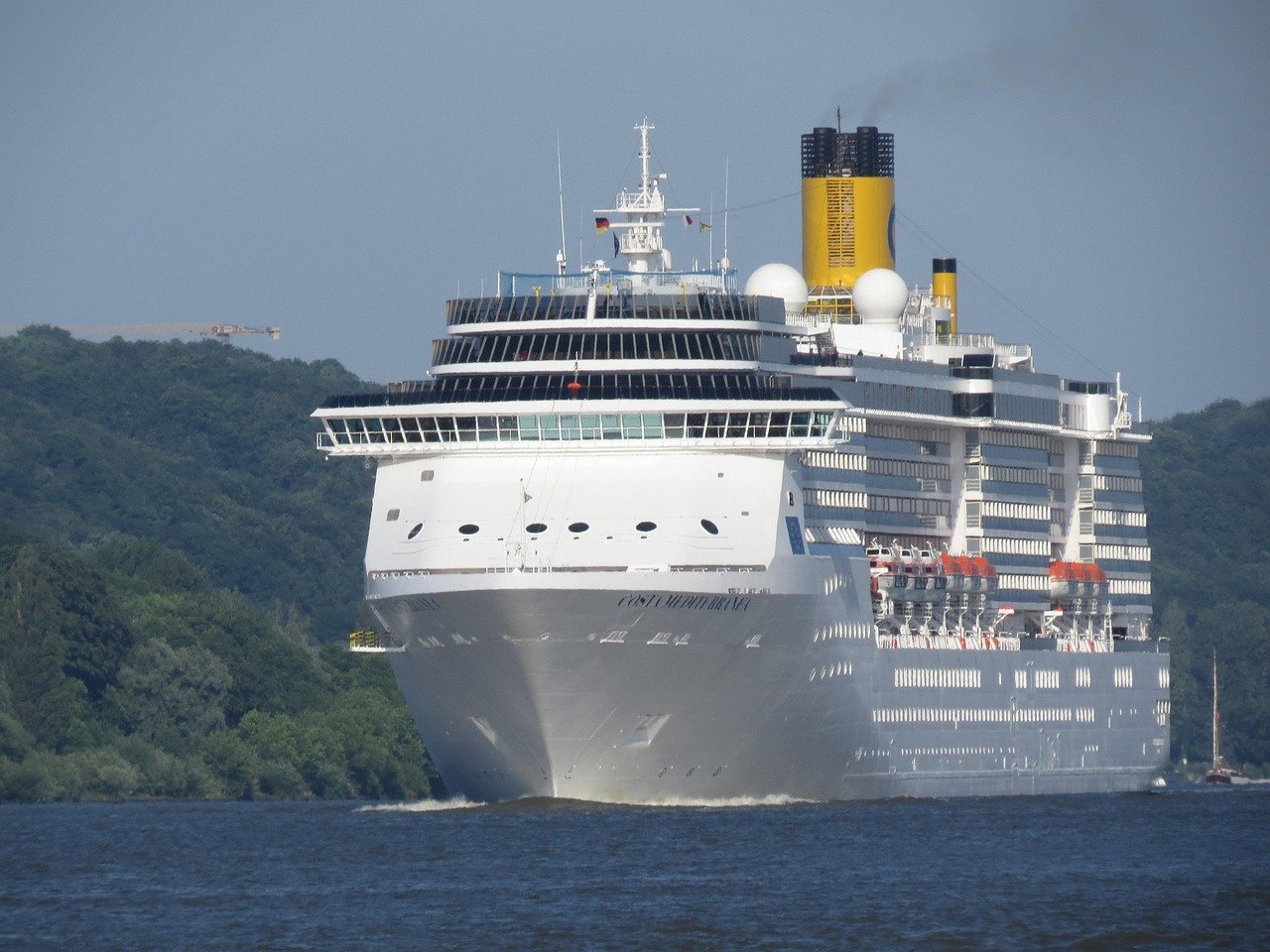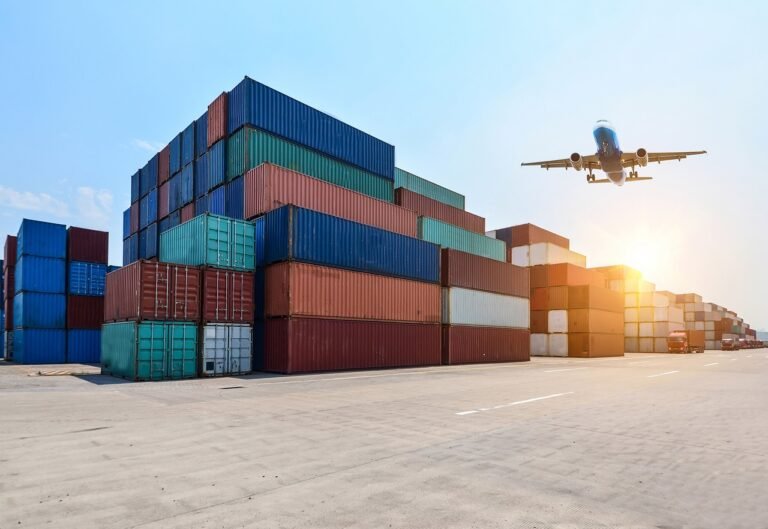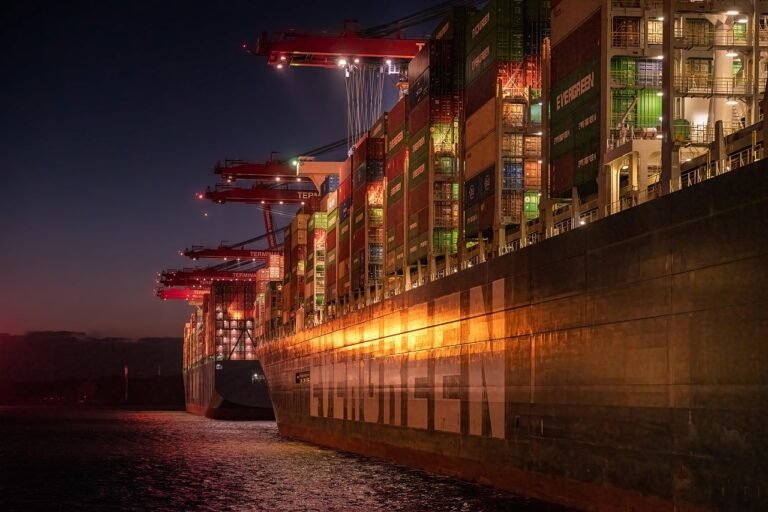
International maritime shipping plays a crucial role in global trade, ensuring the smooth transportation of goods across seas and oceans. This guide covers everything about maritime logistics, including shipping routes, container ships, freight services, and industry regulations. Learn how international shipping works, its challenges, and future trends shaping the industry.
Introduction to International Maritime Shipping
International maritime shipping is the backbone of global trade, facilitating the movement of goods between countries via sea routes. It is a complex network involving cargo ships, container vessels, ports, and logistics providers. Over 90% of global trade is conducted through ocean freight, making it an essential industry for economic growth and global supply chains. The maritime industry includes various stakeholders such as shipping companies, freight forwarders, and regulatory bodies that ensure smooth and efficient transportation. Understanding the intricacies of maritime shipping logistics is crucial for businesses that depend on importing and exporting goods.
How Does International Maritime Shipping Impact Global Trade?
International maritime shipping is a key driver of global commerce, allowing businesses to transport goods across continents efficiently and cost-effectively. Without maritime trade, economies would struggle to access essential raw materials, consumer goods, and energy resources. The shipping industry supports millions of jobs worldwide and contributes significantly to GDP growth. It also influences trade policies, tariffs, and international relations. By ensuring the seamless movement of goods, maritime shipping helps stabilize markets and enables countries to participate in the global economy.
How Does International Maritime Shipping Work?
The maritime shipping process begins with manufacturers and exporters who need to transport goods to international markets. The cargo is packed into standardized containers and loaded onto massive ships designed for long-haul ocean voyages. Shipping carriers operate these vessels, navigating predefined sea routes to reach their destinations. Upon arrival, port authorities oversee the unloading process, and freight forwarders manage customs clearance, warehousing, and inland transportation. Advanced logistics solutions and tracking technologies ensure that shipments are monitored in real-time, reducing delays and optimizing supply chains.
Types of Ships Used in Maritime Shipping
Maritime shipping employs a variety of vessels designed for different cargo types. Container ships dominate international trade, transporting goods in standardized metal containers. Bulk carriers are used for raw materials like coal, grain, and minerals, while oil tankers transport crude oil and petroleum products. Roll-on/roll-off (RoRo) ships specialize in moving vehicles and machinery. Additionally, LNG carriers transport liquefied natural gas, supporting the energy sector. Each type of vessel plays a crucial role in meeting the diverse shipping needs of industries worldwide.
Major Global Shipping Routes
The efficiency of global shipping routes determines trade costs and transit times. Some of the busiest maritime routes include the Panama Canal, which connects the Atlantic and Pacific Oceans, and the Suez Canal, linking the Mediterranean to the Red Sea. The Trans-Pacific Route facilitates trade between Asia and North America, while the Europe-Asia Route is vital for goods moving between Europe and China. These key corridors handle billions of dollars worth of cargo annually, ensuring seamless global commerce.
What is the Role of the International Maritime Organization (IMO)?
The International Maritime Organization (IMO) is a specialized agency of the United Nations responsible for regulating the global shipping industry. It sets international maritime regulations and promotes safe, secure, and environmentally sustainable shipping practices. The IMO plays a critical role in establishing industry standards, ensuring that maritime trade operates efficiently while minimizing risks to human life and the environment.
What are the Main Functions of the IMO?
The IMO’s core functions include developing maritime safety regulations, enforcing environmental protection measures, setting security protocols, and providing technical assistance to member states. It ensures compliance with international maritime laws and standards through treaties like the International Convention for the Safety of Life at Sea (SOLAS) and the International Convention for the Prevention of Pollution from Ships (MARPOL). Additionally, the IMO works on capacity-building programs to improve maritime operations worldwide.
How Does the IMO Facilitate Maritime Safety?
Maritime safety is a primary focus of the IMO. It enforces stringent safety regulations for ship construction, navigation, and emergency response. The IMO also develops training programs for seafarers, ensuring they meet international competency standards. Through initiatives like the Global Maritime Distress and Safety System (GMDSS) and search-and-rescue frameworks, the organization enhances emergency preparedness and minimizes risks at sea.
What Initiatives Are Being Introduced by the IMO in 2025?
In 2024, the IMO is introducing several key initiatives to improve maritime sustainability and safety. The organization is advancing regulations to reduce greenhouse gas emissions in shipping, encouraging the adoption of cleaner fuel alternatives. New policies are being implemented to support the development of autonomous ships and digitalization in maritime logistics. The IMO is also strengthening security measures to combat piracy and cyber threats affecting the global shipping industry.
What Are the Key Trends in Maritime Transport for 2025?
The maritime industry is evolving with emerging technologies and sustainability efforts. Decarbonization of shipping remains a top priority, with companies investing in zero-emission vessels and alternative fuel sources like hydrogen and ammonia. Automation and AI are enhancing port operations and cargo tracking, reducing inefficiencies in global supply chains. Additionally, blockchain technology is gaining traction in shipping documentation, improving transparency and security in trade transactions. As global trade patterns shift, the maritime industry continues to adapt to new challenges and opportunities.
Costs and Pricing in International Shipping
The cost of international shipping depends on multiple factors, including fuel prices, container availability, port charges, and customs duties. Freight rates vary based on demand, cargo type, and distance. Shipping cost calculators help businesses estimate expenses, ensuring profitability. Strategies such as choosing low-competition shipping routes, optimizing container usage, and leveraging economies of scale can reduce costs. Businesses must also consider additional fees like demurrage, detention, and customs brokerage charges.
Best FAQs on International Maritime Shipping
International maritime shipping refers to the transportation of goods across countries via sea routes using cargo vessels.
Shipping costs vary based on factors like distance, cargo type, fuel prices, and port charges.
Container ships, bulk carriers, oil tankers, LNG carriers, and RoRo ships are commonly used.
Transit times depend on the shipping route, port congestion, and customs clearance processes.
The Panama Canal, Suez Canal, Trans-Pacific, and Europe-Asia routes are among the busiest.
Emissions, marine pollution, and fuel consumption impact the environment, prompting green initiatives.
Optimizing container loads, choosing efficient routes, and negotiating with carriers help cut costs.
Freight forwarders manage logistics, customs clearance, and cargo tracking for seamless deliveries.
Risks include piracy, geopolitical tensions, weather disruptions, and fluctuating freight rates.
Blockchain, AI, automation, and smart ports enhance efficiency, tracking, and sustainability in shipping.
Conclusion
International maritime shipping remains the most cost-effective and reliable method for global trade. Despite challenges, advancements in technology and sustainability practices continue to shape the industry. Businesses must stay informed about shipping regulations, cost-saving strategies, and emerging trends to remain competitive in the global market. As digital transformation and green shipping gain momentum, the maritime sector is set to become more efficient and environmentally friendly.






